2022 Consumer Trends
An exploration of IRI Worldwide sales data, which tracks some of the most popular beers by brewery and by sales category.
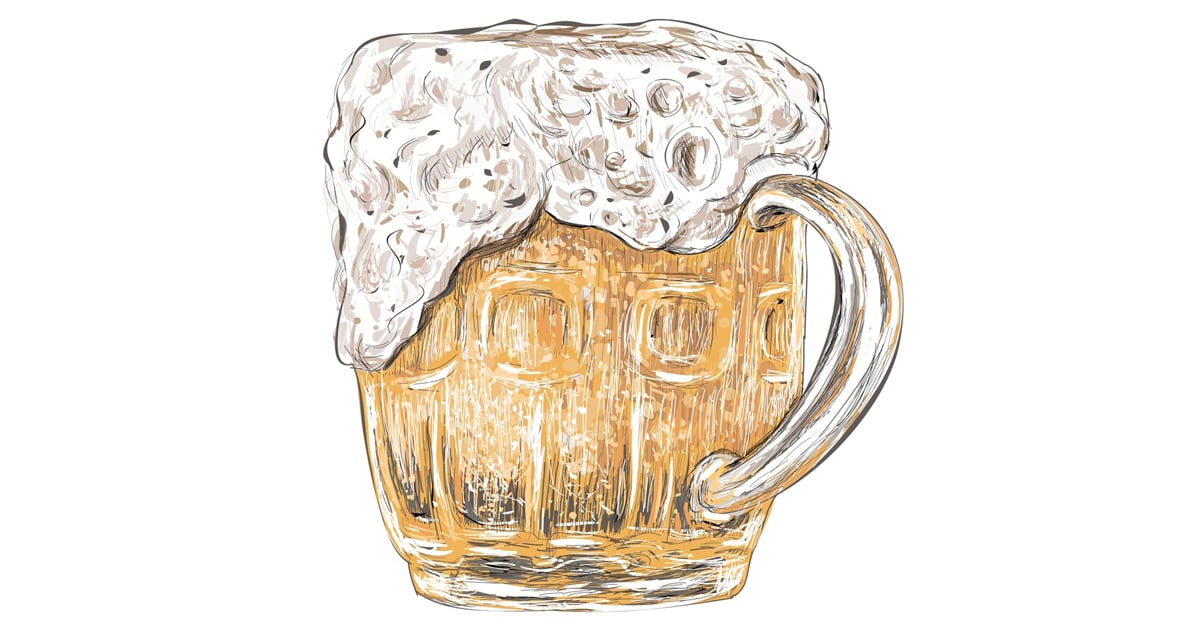
The year of 2021 was another great year to justify drinking beer. Unless you’ve been living under a Rolling Rock, you don’t need anyone to tell you why. We are under pressure, like a Queen (featuring David Bowie) song in a bottle.
While the grass has been greener in the world of beer, the people keep on chugging. The question is, what are they chugging? And how will those trends evolve in 2022? In the following pages, we will examine present and future beer trends in three main sectors – craft, domestic and imports. We’ll look at the numbers to see what is flying off the shelves, then step back to see the bigger picture and what it means for beer drinking and production. We’ll cap it off with a forecast of what to expect in 2022.
Grab a glass and join us as we peer through the isinglass into the world of beer.
Beer Trends By the Numbers
Our annual analysis draws from data compiled by IRI Worldwide (unless otherwise stated), a market research firm which tracks category-wide sales trends of beer sold in numerous retail outlets and then produces a monthly report of its findings. These findings can be used to provide real-time insight into the ever-changing beer marketplace, both in craft and macro categories. They can also help industry participants adapt to the marketplace and help you make more informed choices as a consumer. To save you the spreadsheet trawling, we’ve pieced together the most important changes in beer sales over the year of 2021 and will compare them to the prior year.
Before we delve further into this year’s data, here are a few things to keep in mind – these numbers are on a national scale and may not represent individual brewery or regional sales accurately. The numbers also do not draw a hard line between beer styles within certain categories, which could mask sales trends of smaller brewers. They track sales of packaged beer only and from a few different sources, including convenience stores (think gas stations), a general “food” category (grocery stores, etc.), and a combined multi-outlet and convenience (MULC) store category (a combination of grocery, drug, Wal-Mart/Sam’s Club, dollar stores and military stores, among others). We will focus on the MULC category, as it encompasses most major sources of packaged beer sales in the United States.
Overall Beer Sales in 2021
So how did beer sales fare, generally, in 2021? Not nearly as bad as you might think. Total beer sales topped out around $34.6 billion, ever so slightly ahead of sales compared to last year. Domestic Premium (Budweiser, Coors, etc.) accounted for the top chunk of sales, at about 28 percent of dollar share. The Import category was runner-up, at about 21 percent of dollar share, followed by Domestic Sub-Premium (Natural Light, Keystone) at 12 percent. Craft held court at a solid 11 percent, just ahead of the booming Hard Seltzer category, which saw exponentially more growth than any other category, short of the nascent Non-Alcoholic beer category. Though accounting for just .5 percent of dollar share, Non-Alcoholic saw growth of 25 percent, promising a bright future.
A Challenger Approaches
While the numbers show a stable year for beer sales overall, a closer look reveals that beyond Imports, which saw a 5 percent increase in dollar sales, major traditional beer categories had a marginal, but not insubstantial drop in sales compared to 2020, between 4 and 8 percent.
Given that overall sales of “beer” are up slightly, hard seltzer holds the smoking gun.
With nearly $3.7 billion in sales over the last year, an increase of 20.4 percent, the “Beer Seltzer-Centric” category now accounts for 10.7 percent of total dollar share, nearly even with Craft’s 11.2 percent.
Within the Seltzer category, the two top-sellers, White Claw (Mark Anthony Brands) and Truly (Boston Beer), account for nearly 70 percent of the hard seltzer market, analogous to the domination of Budweiser and Coors prior to the craft beer boom.
Much was made earlier in the year of seltzer’s bubble having burst, after its astronomic sales began to peter out. While the numbers are definitely leveling off (Truly destroyed millions of cases of product earlier this year after overestimating demand), it seems a bit premature to write seltzer off as another Not Your Father’s Root Beer – the original Icarus of beer-adjacent beverages.
There is clear evidence that hard seltzer is more than just a flash in the pan. For one, it is accessible from a consumption and production standpoint, more readily variable, as it operates largely from the same basic recipe, and holds considerable sway with the female demographic, though its reach extends well beyond. These drinks are readily marketable as low-calorie beer alternatives, can taste like anything from chardonnay to iced tea, and are a blank canvas for branding, not to mention ABV.
Seltzers transcend age groups and reside in the center of the Venn diagram between beer, soda and non-alcoholic seltzer – in terms of fizz, flavor and affordability. Unlike other beer-adjacent beverages of the past, it looks like seltzers have carved themselves out a niche for at least the next half-decade.
Macro and regional brewers dominate the shelves, but the small brewer who can afford to make it should consider whether hard seltzer can help diversify their portfolios, too.
The Rise of Non-Alcoholic Beer
Once ridiculed, non-alcoholic beer is now on its way to becoming a major player in the industry. Leading the charge is Athletic Brewing Co., which positioned itself perfectly as the beer for those with movement in mind. With its niche secured, it quickly sculpted out the public’s conception of what an NA beer could be, winning medals for flavor while opening eyes to the potential of the category.
It’s early days for NA beer in the MULC category, comprising just a fraction of total beer sales, but its growth was strong nevertheless, with a 26 percent dollar sales increase. That tells us that traditional retailers haven’t yet caught on beyond a token O’Douls, but if we look at the bigger picture, online sales and other nontraditional avenues have driven major growth in the NA beverage category.
A recent Nielsen report shows that “non-alcoholic beverage sales increased 33% to $331 million over the last 52 weeks.” Savvy brewers would again be wise to consider how they can incorporate alcohol-free alternatives into their drinks list.
Beyond beer, non-alcoholic cocktails are also having their day. Take, for instance, the two-year-old Ritual Zero Proof spirits company, which produces alcohol-free whiskey and gin. CEO and co-founder David Crooch states that the goal is not to promote sobriety, but to give the consumer more options.
The rise of alcohol-free drinks does indeed give the drinker more options, both in what and how they drink. For example, those tailgating at an all-day sporting event may choose to intersperse their alcoholic beverage consumption with non-alcoholic options, effectively preserving the continuity of their drinking experience without hitting the wall.
This sort of flexibility and chameleon-esque quality of a beverage category is a hallmark of growth potential and long-term stability. For nonalcoholic beer and other beverages, 2022 will be the kind of year Sinatra would sing about.
The Fall of Cider
Craft ciders might be singing a different Sinatra tune – with a more down and out theme. The category dropped another 3 percent in sales compared to last year, continuing its downward trajectory. The reasons are plain enough. Seltzers are the new alternative to beer, minus the sugar content. Light beer, also, is pushing its back against the wall, as brewers of the style find ways to make more flavorful beer without the calories.
Only one cider resides in the Top 100 Brands – Angry Orchard, which saw a sales decrease of around 8 percent in the past year. However, within Cider’s problem lies its solution. Cider is high in sugar, and it is difficult, if not downright unwise, to drink more than a few of them in a sitting.
The solution, therefore, is to make lighter, drier cider, while preserving its flavor. Angry Orchard Crisp Apple boasts 221 calories and 23.4 grams of sugar in a 12-ounce container. Whoever can beat those numbers has potential.
Some brands do have those numbers beat, but they lack marketing clout. Cider marketing has long stagnated in the “quaint fall imagery” trope. To compete with Seltzer, Cider needs a rebrand and that rebrand has to reflect real change – namely, a different, healthier take.
IPA Reigns Among Craft Styles
Another year of supremacy for IPA, which should come as no surprise to anyone keeping track. Sales saw a nominal .3 percent increase, but at $1.7 billion in sales it accounts for 43 percent of all craft sales, with no other style coming close.
In fact, the next closest “styles” according to IRI are Craft Seasonal, Belgian Wits and Craft Variety, accounting for 10, 8 and 7 percent of dollar share, respectively. Between these three, Seasonals saw a 7-percent sales decrease, Belgian Wits decreased by 8 percent, and Variety just .1 percent.
To further highlight the disparity, New Belgium’s Voodoo Ranger Hoppy Variety Pack is the top seller of the Variety style and the only variety pack to find itself in the Top 30 Craft Brands, with sales growth of 158 percent. If you spend much time examining what’s on shelves, variety packs generally skew towards IPA themes, meaning much of the sales within that category can be attributed to IPA as well.
All that to say, IPAs are as dominant as ever. Their cousin, Pale Ale, holds the number-four spot among craft styles, with sales of $211 million, accounting for almost 6 percent of dollar share.
The Bigger Picture in Craft
With Craft sales down 4 percent as a category, and most individual styles showing declines in the range of 5 to 15 percent, it would be insightful to take a look at which styles are bucking the downward trend, aside from IPA.
Through this lens, we see Golden Ale up 4 percent, Wheat Beer holding steady with no change compared to last year, Pilsner down just 1.6 percent, and Belgian Ales up 8 percent.
Golden Ale is now a major player with 5 percent dollar share of total Craft. When combined with the dollar shares of the other three, these styles account for around 10 percent of total dollar share in Craft.
This confirms the notion that the American palate is evolving to appreciate subtlety and refinement – settling on the prairie, rather than forging towards the coasts of bitterness and alcohol strength. Further, as pointed out in the past, these styles represent the counterpoint to hoppiness and an antidote to hop fatigue.
Craft Light Beer Stalls
Last year, Craft Light Beer was painted as a dark horse in the race towards innovation. Sales were up 40 percent… but not for long. In 2021, they were down 10 percent. Not cataclysmic, but no longer looking like they will overtake any other major style in sales anytime soon. The tale here is once more due to increased competition from similar categories – Michelob Ultra is now the third highest-selling product in the MULC category, boasting sales of $2.3 billion and 5 percent growth over last year. Given that NA beer and Seltzer are also on the rise, we can now view Craft Light as an ancillary player in the rise of health-conscious beverages.
That being said, there is plenty of room for innovation left in this category, and it deserves its place among tap lists, in keeping with the idea that the more categories small brewers can check, the more likely they will be to keep butts in seats.
The Great Blend
Craft brewers of decades past may have brewed a stout, ale and lager. Then came the Craft Revolution, where interest gave birth to greater delineation – reds, wits, browns and goldens. The fragmentation continued – fruit beers, sours and the great rise of the IPA, where, among that style alone, there emerged dozens of sub-categories. The trend has only increased in speed.
If the last decade was the “Rise of the IPA”, the next may be titled “The Great Blend,” where categories blur, brewing norms are cast aside, and the result is a liquid melting pot. To diehard traditionalists, this may seem a bit of a tragedy, but to anyone aiming to compete, the proper mindset to adopt is one of curiosity and adaptability.
Domestic Trends
Before we get too philosophical, let’s examine how Domestic beer fared in 2021. For our purposes, Domestic beer is essentially “Big Beer.” What better place to start, then, than AB InBev, which saw sales drop by 3.4 percent, to $12.7 billion in the MULC category. Its top three brands in order – Bud Light, Michelob Ultra, and Budweiser – account for about 21 percent of the corporation’s total sales. Among them, Bud Light sales fell by 7 percent, and Budweiser by 6.3 percent, sizable drops considering that between them they are worth more than $5 billion in annual sales.
These numbers are in line with the Domestic Premium Category on the whole. Likewise, Michelob Ultra’s 5 percent increase in sales reflects the trend towards healthier drinking and goes a long way towards offsetting the losses of the Bud stalwarts.
Michelob Ultra Pure Gold, Budweiser Prohibition Brew and Budweiser Select are also standouts from the overall downward trend, again pointing towards premiumization and health-conscious drinking. Interestingly, Michelob Ultra Lime Cactus took a 16 percent hit, along with Bud Light Lime, which dropped 15 percent in sales. Why did lime, specifically, take a hit?
Seltzers may again be the culprit, rooted in tropical flavors as they are. The three top-selling seltzers are black cherry, with a quarter of market share, then mango, with 15 percent, and then lime, at 8 percent. Related products with fruity flavors should be similarly affected, and they appear to be.
Bud Light Lime Straw-Ber-Rita is down 37 percent, and the regular Lime-A-Rita is down 38 percent. Bud Light Orange is down over 40 percent, and Bud Light Lemonade is down 51 percent. Meanwhile, Bud Light Seltzer Strawberry is up 7
percent, and Bud Light Seltzer Platinum Wild Berry sprung to life, nearly tripling last year’s sales.
You get the idea – with such a diverse portfolio, sales are essentially shuffled around between brands and reconstituted where interest is hot.
Speaking of heat, Bud Light Chelada Fuego sold a strong $8 million this year, which is technically 175,300 percent more than last year. Obviously, it’s a new brand that started slow last year and caught fire, but what we can latch onto is the demographic this appeals to – Latin Americans. Bud Light Chelada is a major brand, AB InBev’s 11th-highest seller at $134 million, and Budweiser Chelada and Chelada Picante account for nearly another $70 million in sales. Here again is a statistic that craft brewers should take note of.
Import sales remain strong, which we will discuss in more depth later, and these brands are largely targeted to an underrepresented demographic in craft. Mexican-style craft lagers generally do quite well, thanks to their universal drinkability, but there seems to be more room for exploration beyond standard Mexican lager.
Michelada is a perfect example. The traditional recipe combines beer, lime juice, assorted sauces, spices, tomato juice and chili peppers served in a salt-rimmed, chilled glass. Needless to say, there is a world of inspiration to be taken from this one beverage alone. If done well, this drink could be ported to existing demographics while appealing to those still underrepresented in craft. To be clear, this is less about equality for the sake of equality, and more about tapping into market potential. If Big Beer can draw inspiration from the little guys, why can’t the model be reciprocated?
The Molson Coors Score
The other looming entity in the world of Big Beer, Molson Coors, suffered comparatively more than AB InBev in 2021. The scope of such a corporation encompasses far more individual factors than can be unpacked in a few paragraphs, but at a 5.7 percent sales drop compared to AB’s 3.4, there must be a few notable factors.
The most readily apparent is that Molson Coors lacks the equivalent clout of Michelob Ultra to offset the drop in its top dogs. Coors Light, its number-one seller, is down 3 percent to $1.9 billion, followed by Miller Lite, down 5 percent to $1.7 billion.
Next up are Keystone and Miller High Life, down 9 and 11 percent respectively, trailed by Blue Moon, down 10 percent. Only after reaching the original Coors do we see an uptick, as the heavier version grew by 1.3 percent in the past year.
Positive outliers for Molson Coors are Vizzy Hard Seltzer, which grew by about 72 percent to sell $76 million, Blue Moon LightSky Citrus Wheat, which jumped up by 34 percent, and Sol Chelada, which grew 10 percent.
In keeping with trends we’ve identified, Peroni and Grolsch saw upticks, as did Coors NA. Terrapin Hopsecutioner saw 4.4 percent growth – if nothing else, demonstrating the blurred lines of what is considered craft and what isn’t.
Demographics Point to the Future of Beer
What really stands out among Molson Coors’ offerings is Topo Chico Hard Seltzer, which debuted this year to immediate success – topping $57 million in sales. This further points to the marketability of seltzer, and the viability of appealing to the Latin American demographic. It may come as a surprise to many that there are almost 60.5 million Hispanics and Latinos living in the United States (18.5% of the overall population), according to 2019 US Census Bureau numbers. The same data estimates the Black population at 46.8 million (14.2 percent).
Recent craft beer drinking demographic data by race/ethnicity places white drinkers in the mid-80s by percentile. Again, you can totally remove emotions from the equation and the fact remains plain that Black and Hispanic populations are underrepresented, and thus, deserving of greater focus.
Again, small brewers are greatly encouraged to consider the vast cultural reservoirs present within these populations and use them for inspiration to create something new. In doing so, they’ll place the demographic representation more in line with reality, bringing people of different backgrounds together as beer should.
The Trend of Diversity in Beverages: Craft Liquor, Soda, Seltzer, Kombucha
The same logical structure of diversity can be applied to product portfolios themselves. Diversifying beverage offerings has become a natural answer to market volatility for small brewers. Given the key role on-premises sales play for many small breweries, having something for everyone is one of the most straightforward answers to bringing more people through the doors.
A Brewers Association survey found that about a third of craft brewers are producing non-traditional beers, if not different liquid categories entirely. The BA’s Bart Watson elaborates: “Craft brewers have long been innovative, and it’s tougher than ever to summarize what they are doing,” Watson said.
“Within beer, we are seeing continued growth in IPAs but also in lower-ABV beers (including lagers and other low-ABV ales) and fuller-flavored but non-hoppy styles such as sours or fruit beers. We are also seeing more small brewers pursue alcoholic beverage markets outside of core beer. This includes seltzer, which is still growing faster than the overall beer category, though that growth rate has begun to slow, and seltzer’s share gains have decelerated.”
Beyond seltzer, you’ll find craft sodas for kids and teetotalers, craft liquors, CBD-infused drinks, kombuchas, non-alcoholic malt or hop beverages as well as teas. And those are just the no-brainers. These sorts of materials have the added benefit of repurposing excess brewing ingredients and byproducts, cutting costs and allowing for more flexibility. Given the uncertain nature of the supply chain, this is crucial.
If we carry this line of thought beyond just potables, the possibilities reach “to infinity and beyond,” as Buzz Lightyear would say. Think hand sanitizer, breads and soaps, to start. For brewers hoping to make inroads into other product categories, it wouldn’t hurt to browse the ancillary market of beer-related goods and consider bringing them in-house. The path to shelf space may lie beyond the beer aisle.
The Import of Imports
Readers may notice a theme throughout these pages of synthesis on scales from micro to macro and blending and diversification in the name of progression. Again, this has nothing to do with politics but rather the natural evolution of systems, whether cultural or material, abstract or organic.
Imports continue this theme, injecting elements simultaneously old and new into what otherwise might remain a closed system.
If domestic goods are the sun, Imports are the moon, subtly influencing the tides of commerce and waxing when the light wanes. Such is the theme of imported beer in 2021. It rallied as Craft and Domestic largely faltered.
Import Trends
The Import segment bucked the downward trend of Domestic and Craft, growing by 5 percent for dollar sales of $7.2 billion, accounting for about 21 percent of total beer sales.
Reasons that stand out in sharp relief are their insulation from certain U.S.-specific issues, such as material or labor shortages and governmental shutdowns. This factor will vary according to time and place, but the point is that these products are coming from elsewhere, and therefore are more likely to stand against the local tides.
Further, their markets are diversified, and often solidified, via cultural bounds beyond that of the typical American experience. Among the Top 100 brands, Corona sits at number five, selling $1.7 billion in the past year for a sales increase of 5 percent. Clearly, the public hasn’t lost its sense of taste for Mexican beer, no matter what it shares a name with.
Heineken is the tenth best-selling beer brand, seeing a 2 percent sales increase for a total of $692 million. Stella Artois rings in at number 13, though its sales dropped by about 4 percent, followed immediately by Dos Equis, which grew by half a percent to post $320 million in annual sales.
Corona Premier and Pacifico also sit in the top 40 brands and saw positive growth in 2021, at 2 and 7 percent, respectively. Further down the list, Modelo Chelada Especial grew by 9 percent for sales of nearly $100 million, and Modelo Negra grew by 8 percent to $71 million in sales. Take note, again, of the fact that Modelo’s Chelada outsold Modelo Negra. Further down the list, Modelo Chelada Limon Y Sal grew a powerful 43 percent for $54 million in sales, while Modelo Chelada Mango Y Chile grew an astounding 160 percent for $44 million in sales.
Bearing in mind that michelada recipes contain lime, we may have the accomplice to the downfall of beers with lime, along with the most underrated trend in craft beverage consumption.
Among the Import brands in the Top 100 faring relatively poorly, Fosters is down about 2 percent, putting it in danger of falling out of the list. Corona Light is still a big seller, but down 12 percent to around $170 million, and Tecate Light sales dropped 15 percent, putting it right ahead of Fosters in terms of sales. Corona Familiar is also down 14 percent. These drops among Mexican beers can be interpreted in relation to rises in competing styles – light, healthy seltzer and so on. In the case of Familiar, which is essentially a 32-ounce standard Corona (Familiar in the sense of “for the family”), it may be linked to less sharing of bottles, but more likely, marketing dollars simply were put towards other brands. Like nearly every major brand, Corona has its own seltzer brand with decent sales.
![]()
Social Trends Affecting the Beer Industry
Bearing in mind that beer is intrinsically tied to how we think and live, a few trends stand out that are worth considering.
The first is packaging. Environmentally responsible packaging is a marketing point in itself, and if done correctly, works as free PR while cutting costs. No matter what side of the aisle you’re on, no one’s going to veto your brewery for investing in sustainable packaging, such as PakTech’s 100-percent recycled can handles. As added bonuses, they save space and weight. Enough said.
Second, and a little less obviously, is the impact of online delivery services on beer. Thanks to the at-home boost of COVID, more people than ever are turned on to delivery of groceries and restaurant meals. Online food delivery services are projected to account for 40 percent of all restaurant sales by 2025, with services such as Uber Eats, DoorDash and Grubhub leading the charge. Though not yet ubiquitous, society has seen a push towards at-home insularity, thanks to remote work and pandemic concerns, while the shift towards a gig economy pushes more and more laborers into their employ.
Combined with the omnipresence of Amazon and its Instacart success, we can expect these forces to shape the future of how we order and receive goods, including the legislation behind the sale and shipping of alcohol. Athletic Brewing Co. has anchored much of its sales online, and Drizly has continued developing its alcohol delivery model – all signs that this mode of purchasing will continue to grow.
Lastly, in keeping with the growth of tech and enviro-conscious business strategies, partnerships with nonprofits and social media “influencers” are two modes of marketing to consider. Often, nonprofits are social media influencers, which avoids having to align your brand with a walking Barbie or Ken doll. For better and for worse, this sort of positioning has proven to make or break brands in a world where the persona you adopt dictates your ability to function in society.
Aligning with authentic people and organizations – or even simply starting your own charitable cause, will ensure you stay true to yourself and your mission while checking the necessary social boxes. Or take the opposite approach and put up a big middle finger to the world – it’s a risk, but it works for some (Arrogant Bastard, anyone?).
Future Trend Forecast
Aside from the steady draw of Imports, and the stunning rise of michelada products, the foremost trends are premiumization, non-alcoholic beverages and seltzers. If we step back, there is a correlation – each of these touches on an aspect of more mindful drinking.
Premiumization emphasizes quality over quantity, prioritizing sensory appreciation over mechanical intoxication. Buyers are willing to spend more for less, given that the end result is titillating. One of Drizly’s recent top sellers was The Boston Beer Co.’s Samuel Adams Utopias, which retails for $300 plus $20 for shipping. That’s one 24-ounce bottle. For those curious, that’s $12.50 an ounce.
Non-alcoholic beverages, obviously, are not being imbibed for the sake of intoxication. Quite the opposite – they provide the sensory appeal of beer without the deleterious physical effects. NA beers are an alternative social lubricant, allowing drinkers to participate in the ritual act of drinking and to sidestep potential social pressure from within or without.
Seltzers, though undoubtedly slugged and chugged without a second thought in dorms from Anacortes to St. Augustine, do offer a lower-calorie alternative, and allow non-beer drinkers to engage in social environments they might otherwise avoid. Further, their ingredients and alcohol content are typically more standardized, allowing novice drinkers to better gauge their intake. On top of that, they’re also gluten-free.
We are living in a time of change, and the sense is one of acceleration and increase in sensory input. There is more light, more noise and there are more things to worry about than ever before.
The natural response to an increase in stimuli is to become more selective. We have a universe of information at our fingertips, and with that power comes the responsibility of vetting what we let through the gates of our senses. Low-quality food and drink have a direct impact on how we live, and once aware of this fact, there’s no going back.
Such is the case with our drinking habits. We have more choice than ever before. We can and should be more selective with what we imbibe and how we do so. This process of discernment reflects a natural evolution from the gross to the refined. Most drinkers begin with light beers and cheap liquor, and over time learn that there are more sensible, rewarding ways of engaging with alcohol. As a society, this is the change we are going through.
Over time, flash and brawn will give way to refinement and subtlety, and these qualities will become embedded in our culture. European drinking habits reflect this evolution, if for no other reason than they have had a multi-century head start.
However, our selectivity must not give way to closed-mindedness, which brings us full circle to what may be the ultimate takeaway for 2022. Brewers and drinkers alike stand to gain by expanding their horizons and opening their doors to new demographics, be it women, through incorporation of seltzers and beer-adjacent drinks, or ethnic groups, who, if welcomed more into the fold of craft, will bring the inspiration – and spending power – that craft needs to continue thriving.
The word “connoisseur” has its roots in “to know” and “to recognize.” As we come to know the world of beer more intimately, we can relate that journey of knowledge back to the world at large and recognize that elements of refined drinking – mindfulness, fellowship and discernment, can be applied to the rest of life as well.




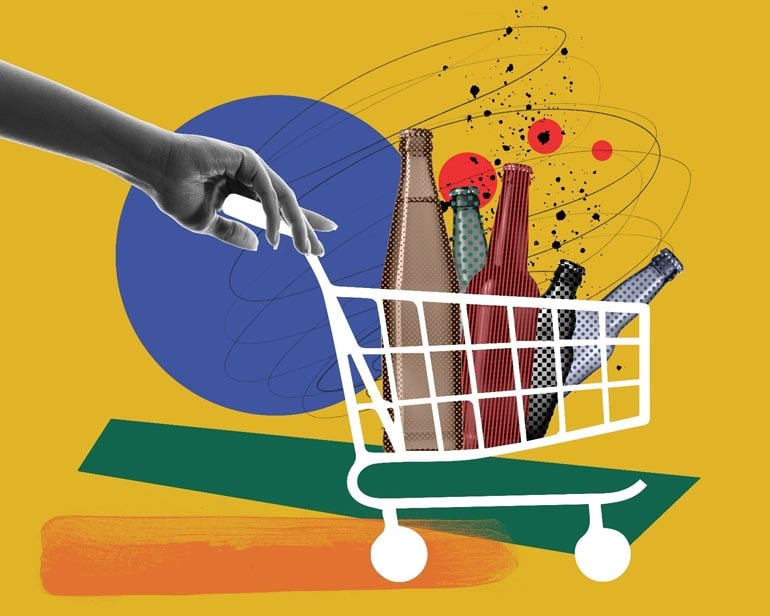


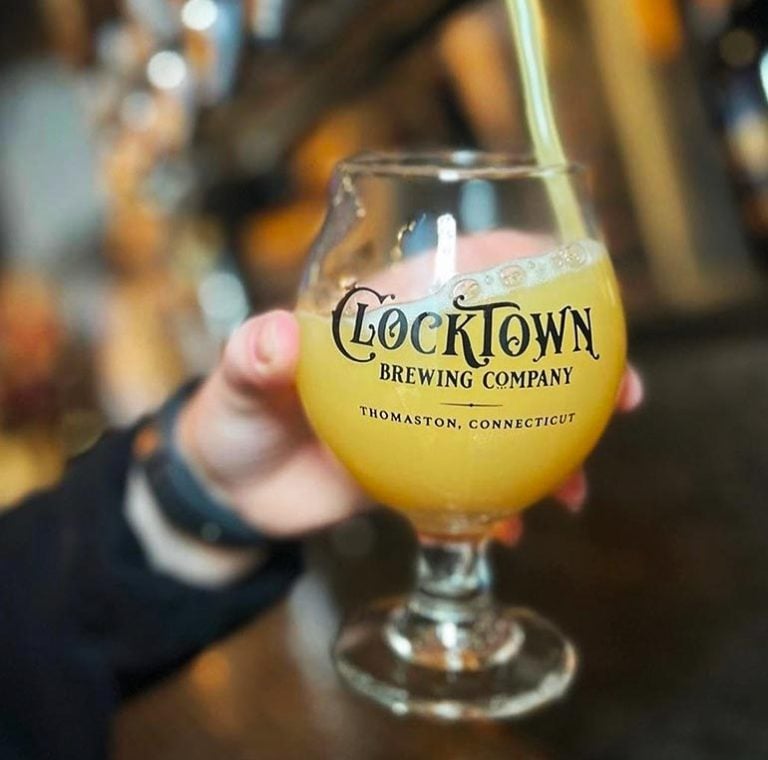


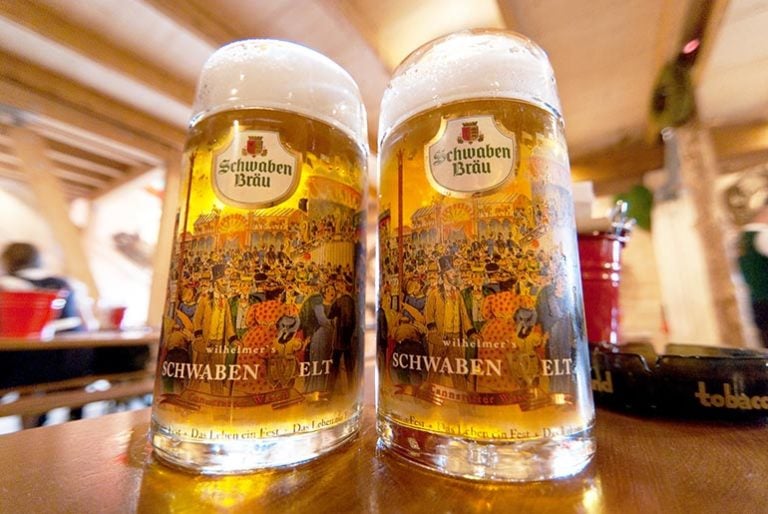
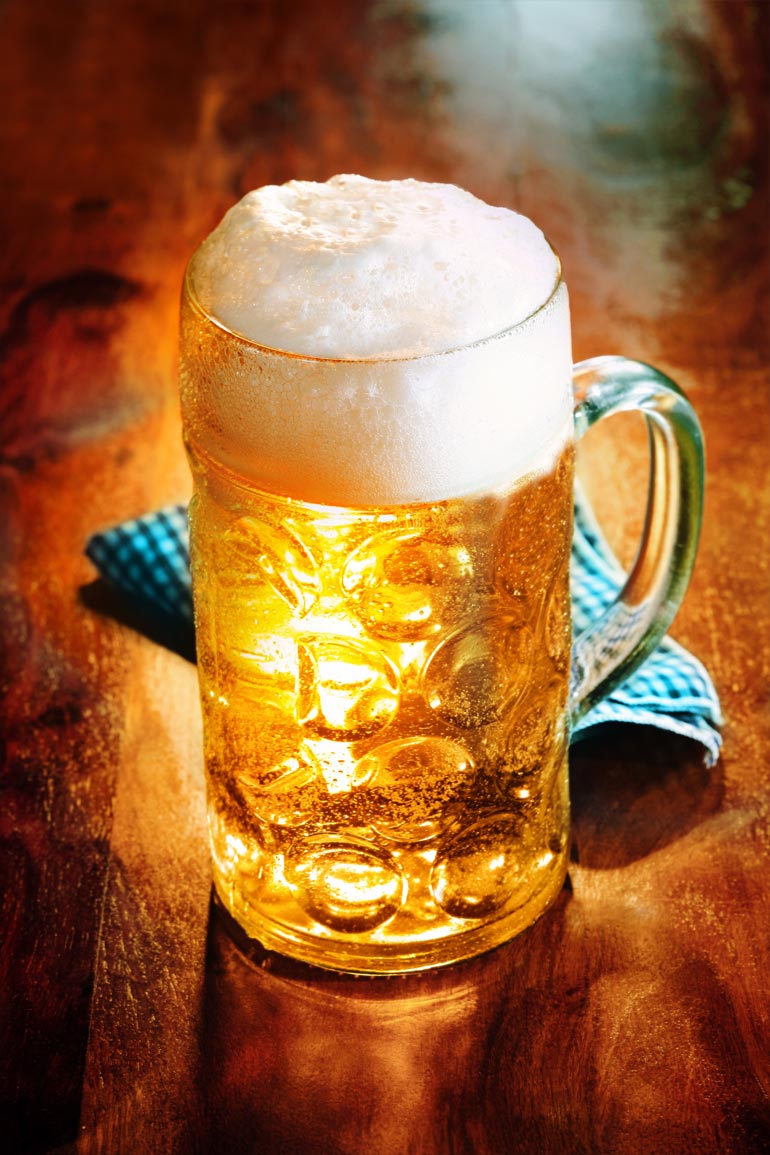
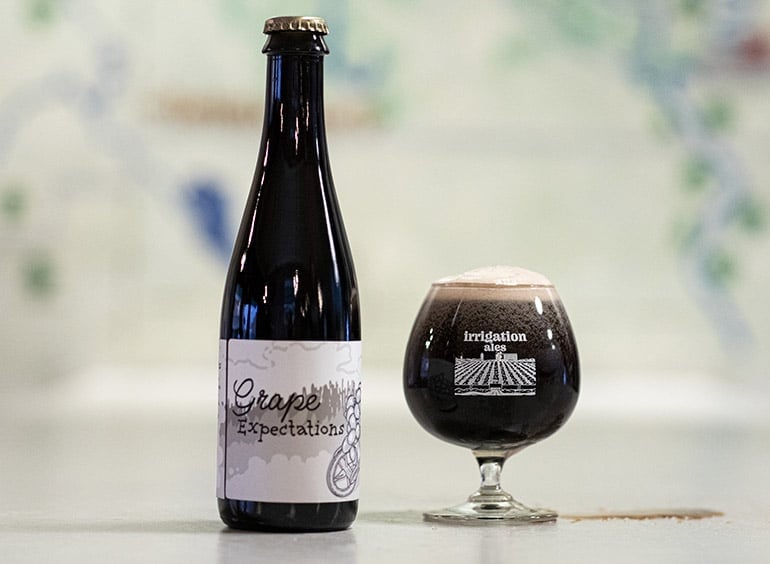
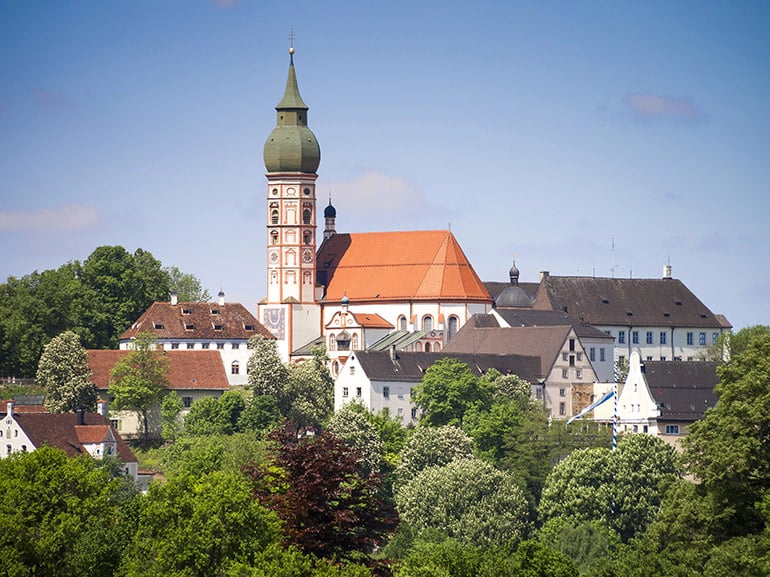


Comments 0
No Readers' Pick yet.